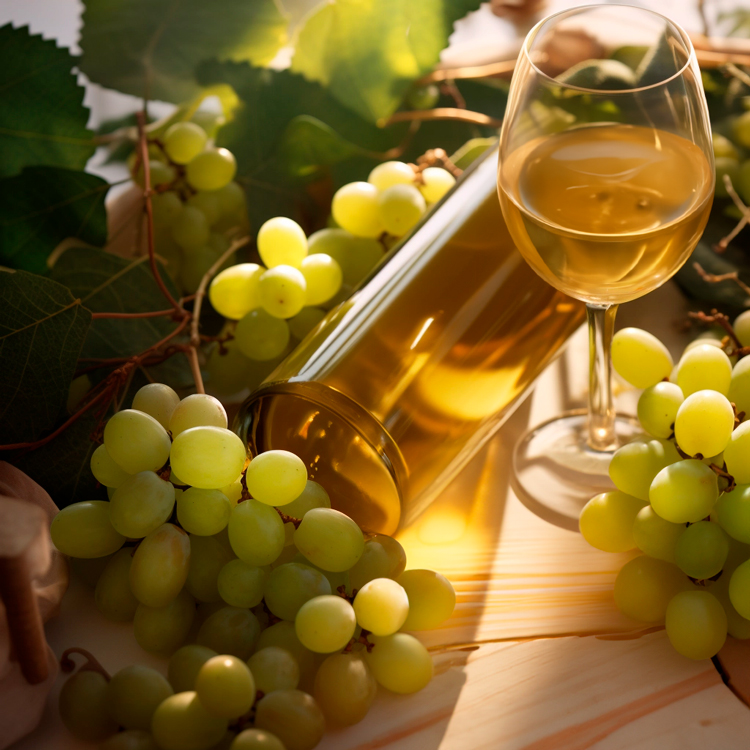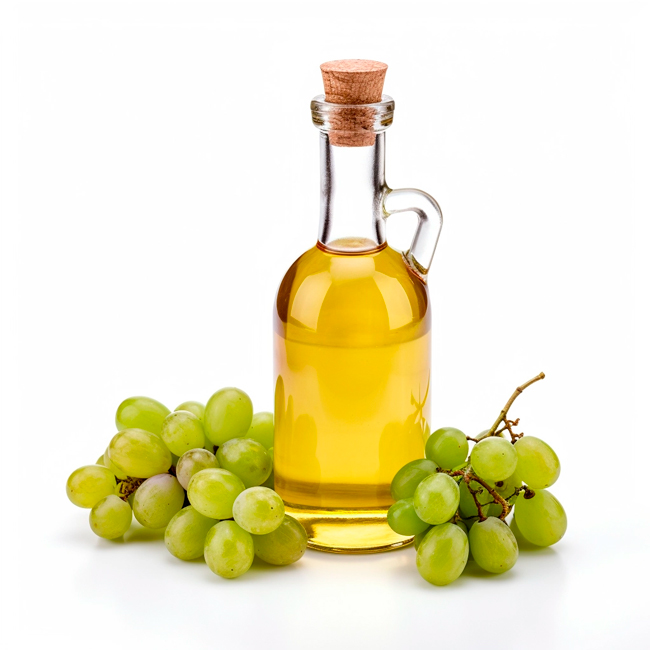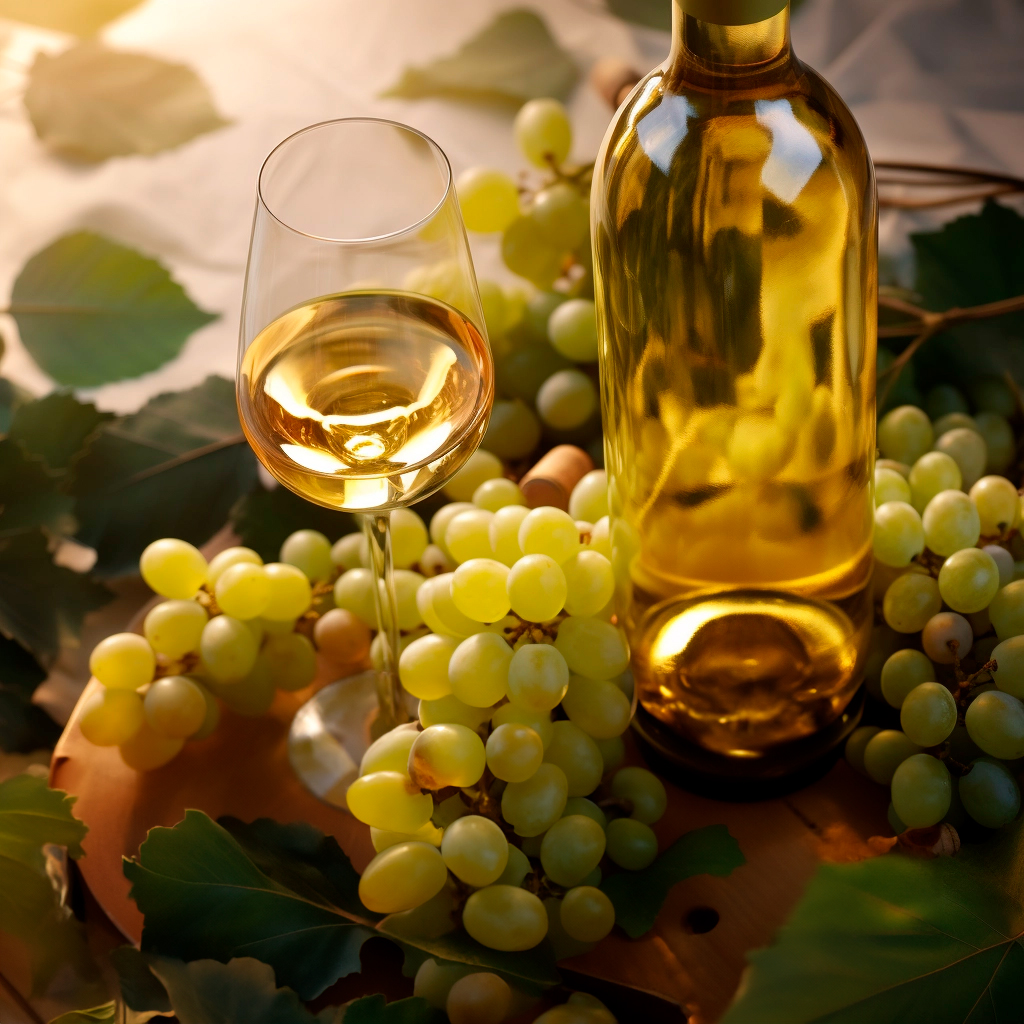
Pisco: A Journey Through Its Origins, History, and Preparation
Pisco, a name that resonates with tradition, culture, and exquisite taste, has carved its niche in the world of spirits.
This article delves deep into the fascinating world of Pisco, exploring its origins, historical journey, the intricacies of its preparation, and the little-known secrets and curiosities that make it a unique beverage.
— The Birth of Pisco: Tracing its Roots
Pisco’s history is as rich and complex as its flavor. Originating in the vineyards of Peru, the story of Pisco begins in the late 16th century. This period marks the arrival of Spanish settlers who brought with them the art of winemaking.
The name “Pisco” itself is derived from the Quechua word “Pisko,” meaning bird. This reference is tied to the ancient port town of Pisco, where the spirit was first produced and shipped.
The Geographical Influence:
The geographical location of the Pisco-producing regions played a crucial role in its development. The unique climate and soil conditions in areas like the Ica Valley created an ideal environment for grape cultivation, particularly for varieties such as Quebranta, Italia, and Torontel, which are fundamental in Pisco production.

— The Evolution of Pisco: A Historical Perspective
The Colonial Era:
During the colonial era, Pisco became a popular spirit among the settlers and indigenous populations. Its popularity soared, making it a staple in local celebrations and gatherings.
The Pisco Boom:
In the 17th and 18th centuries, Pisco experienced a significant boom. Its export began to flourish, particularly to countries like England and Spain. This period witnessed the refinement of production techniques, contributing to the distinct quality of Pisco.
— The Art of Pisco Making: A Detailed Guide
The production of Pisco is a meticulous process, involving several key steps:
- Selection of Grapes: Only the best grapes are chosen for Pisco production.
- Fermentation: The grapes undergo natural fermentation.
- Distillation: The fermented juice is distilled in copper stills.
- Aging: Unlike other spirits, Pisco is not aged in wood, preserving its purity.
The Distinct Varieties of Pisco:
Pisco comes in various types, each with its unique flavor profile:
- Puro: Made from a single grape variety.
- Acholado: A blend of different grape varieties.
- Mosto Verde: Distilled from partially fermented grape must, offering a smoother taste.

— The Secrets and Curiosities of Pisco
The No-Wood Aging Process:
One of the most interesting aspects of Pisco is its aging process. Unlike other spirits, Pisco is aged in vessels that do not alter its natural characteristics, such as glass or stainless steel. This results in a purer and more authentic flavor.
The Cultural Significance:
Pisco is more than just a drink; it’s a symbol of Peruvian pride and heritage. Its production and consumption are deeply intertwined with national identity and cultural celebrations.
— Pisco in Modern Times: A Global Sensation
Today, Pisco has transcended its regional boundaries, gaining international acclaim. Its versatility makes it a favorite among mixologists, featuring in classic cocktails like the Pisco Sour and Chilcano.
The Pisco Sour: A Classic Cocktail:
The Pisco Sour, made with Pisco, lime juice, simple syrup, egg white, and bitters, is a testament to the spirit’s adaptability and appeal. Its popularity has made it an iconic representation of Peruvian and Chilean cocktail culture.
— The Timeless Spirit of Pisco
Pisco, with its rich history, intricate production process, and unique flavors, stands as a testament to the art of spirit-making. Its journey from the vineyards of Peru to the bars and homes worldwide highlights its enduring appeal and cultural significance.
As we raise a glass of this timeless spirit, we celebrate not just a beverage, but a rich cultural heritage that continues to enchant and inspire.

— Crafting the Classic Pisco Sour: A Time-Honored Recipe
The Pisco Sour is a cocktail that has gained international fame, celebrated for its perfect balance of sweetness, citrus, and smooth spirit. Originating from the regions of Peru and Chile, this drink is a testament to the versatility and appeal of Pisco. Here’s how to make your own Pisco Sour at home.
Ingredients:
- 2 oz Pisco
- 1 Egg White
- 1 oz Fresh Lime Juice
- 3 Drops of Angostura Bitters
- 1/2 oz Simple Syrup
Instructions:
- Prepare Your Ingredients: Make sure you have all the ingredients measured and ready to go. Using fresh lime juice is recommended for the best flavor.
- Combine Ingredients in a Shaker: In a cocktail shaker, add the Pisco, fresh lime juice, simple syrup, and egg white. The egg white is essential for creating the frothy texture typical of a Pisco Sour.
- Dry Shake First: Shake the mixture vigorously without ice first. This process, known as a dry shake, helps to emulsify the egg white, contributing to a smoother froth.
- Add Ice and Shake Again: After the dry shake, add a few ice cubes to the shaker and shake again for about 15 seconds. This second shake chills the cocktail and enhances the froth.
- Strain and Serve: Strain the cocktail into your glass, leaving the ice in the shaker. A Pisco Sour is traditionally served in a small tumbler or a cocktail glass.
- Garnish with Bitters: Carefully add three drops of Angostura bitters on the surface of the frothy top layer for an aromatic finish.
- Enjoy Your Cocktail: Your Pisco Sour is now ready to be enjoyed. This cocktail offers a harmonious blend of the bold flavors of Pisco, the tanginess of lime, the sweetness of the syrup, all topped with a creamy, frothy layer and the subtle spice of bitters.

Tips for the Perfect Pisco Sour:
- Select a Good Pisco: The quality of Pisco is crucial. Choose a high-grade Pisco for a superior taste.
- Balance Your Flavors: Feel free to slightly tweak the amount of lime juice or syrup based on your taste preference.
- Alternative to Egg White: If you prefer not to use raw egg white, pasteurized egg whites or aquafaba (the liquid from canned chickpeas) are excellent substitutes.
- Chilled Glass: For an added touch of class, serve your Pisco Sour in a chilled glass.


